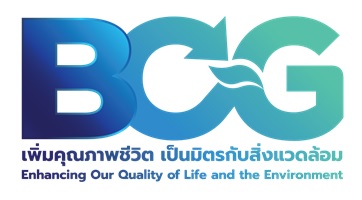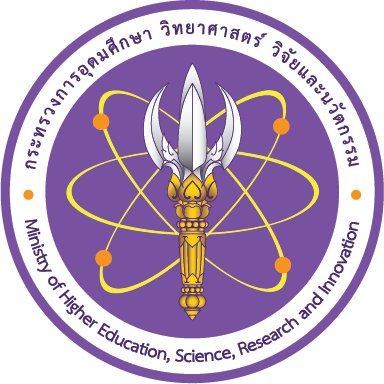Cassava is an economically important crops for Thailand with the country standing as the world's leading exporter of cassava products. It is used for human consumption and animal feed and serves as a raw material across various industries. However, the recent emergence of cassava mosaic disease has posed a significant threat, resulting in a sharp decline in yield and quality, and a shortage of disease-free planting materials for cultivation.
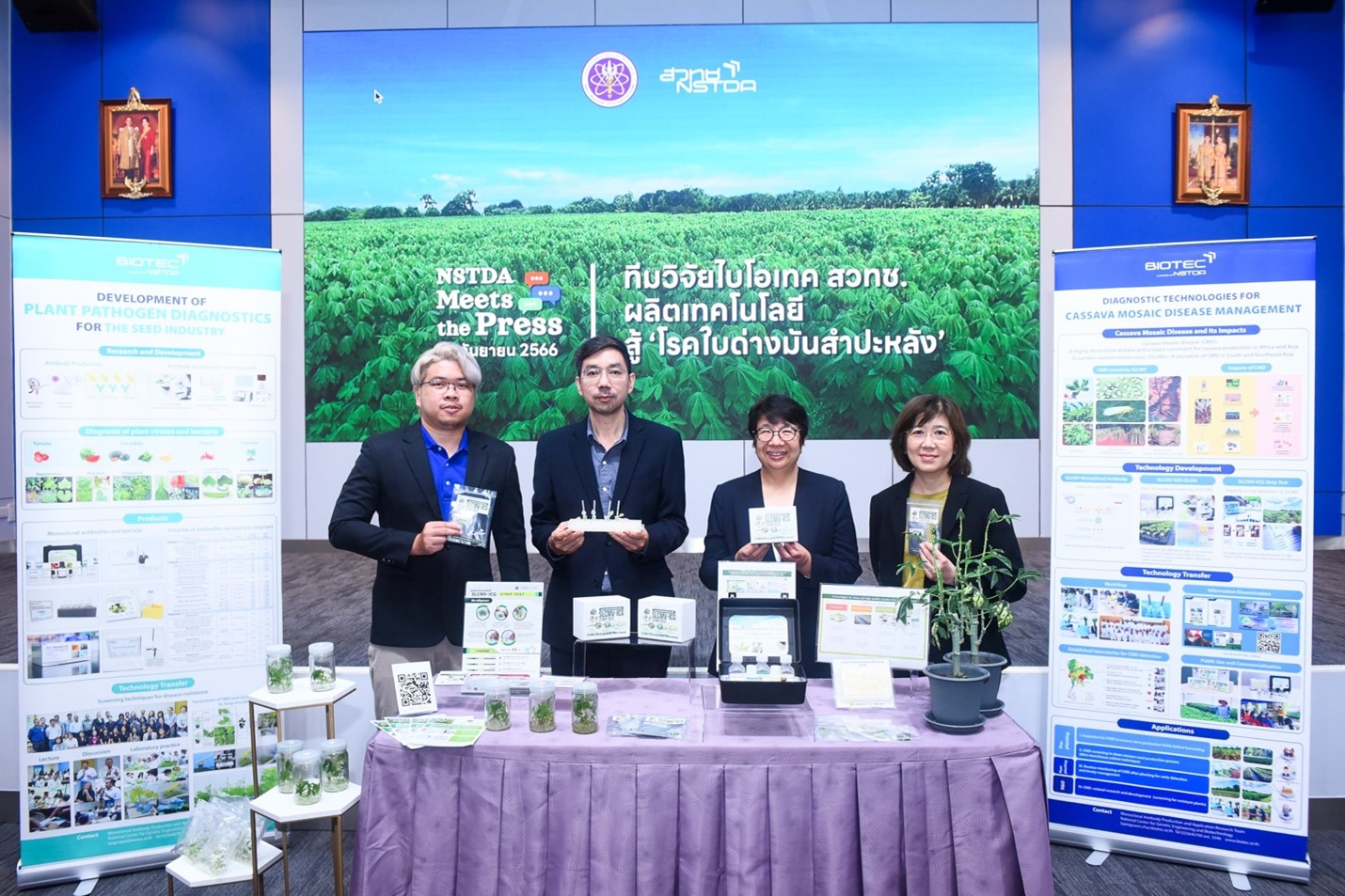
From left to right: Mr. Chavin Pliumchareorn Dr. Channarong Seepiban Dr. Oraprapai Gajanandana, and Dr. Saengsoon Charoenvilaisiri
To address this problem, BIOTEC-NSTDA has developed a diagnostic test for cassava mosaic disease, enabling the early detection of viruses and routine surveillance and mitigating the risk of planting infected materials.
Cassava mosaic disease: A threat to Thailand’s cassava industry
Dr. Oraprapai Gajanandana, Head of BIOTEC Monoclonal Antibody Production and Application Research Team, explained the origin of this severe disease. Cassava mosaic disease is caused by the Sri Lankan cassava mosaic virus (SLCMV) which is transmitted by whiteflies. This disease first appeared along Thailand's borders in 2018 and has since rapidly spread throughout the country due to the use of infected planting materials. In severe cases, it has led to crop losses ranging from 30% to 80%.
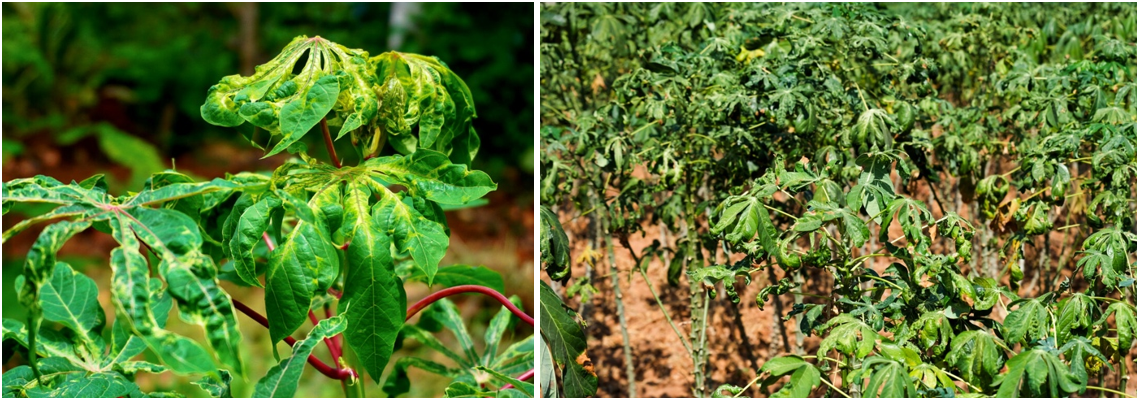
“The infected plants exhibit symptoms such as leaf curling and distortion, mosaic patterns, yellowing, and stunted growth, resulting in reduced yields and inferior starch quality. In addition, the disease has led to a shortage of disease-free planting materials for the next growing season, which can significantly impact various industries, causing substantial economic losses for the nation."
Cassava mosaic disease diagnostic test: A critical tool for disease management
BIOTEC Researcher Dr. Channarong Seepiban revealed that the research team at BIOTEC has successfully developed diagnostic tests for SLCMV. Two types of tests have been created: an enzyme-linked immunosorbent assay (ELISA) and an immunochromatographic (ICG) strip test.
The ELISA offers a cost cost-effective method for obtaining accurate diagnostic results. The assay can simultaneously test 96 samples, offering greater sensitivity and accuracy compared to commercial tests at a lower cost than imported products. This method is well-suited for implementation by government agencies, starch factories and universities by setting up testing labs to support cassava growers.
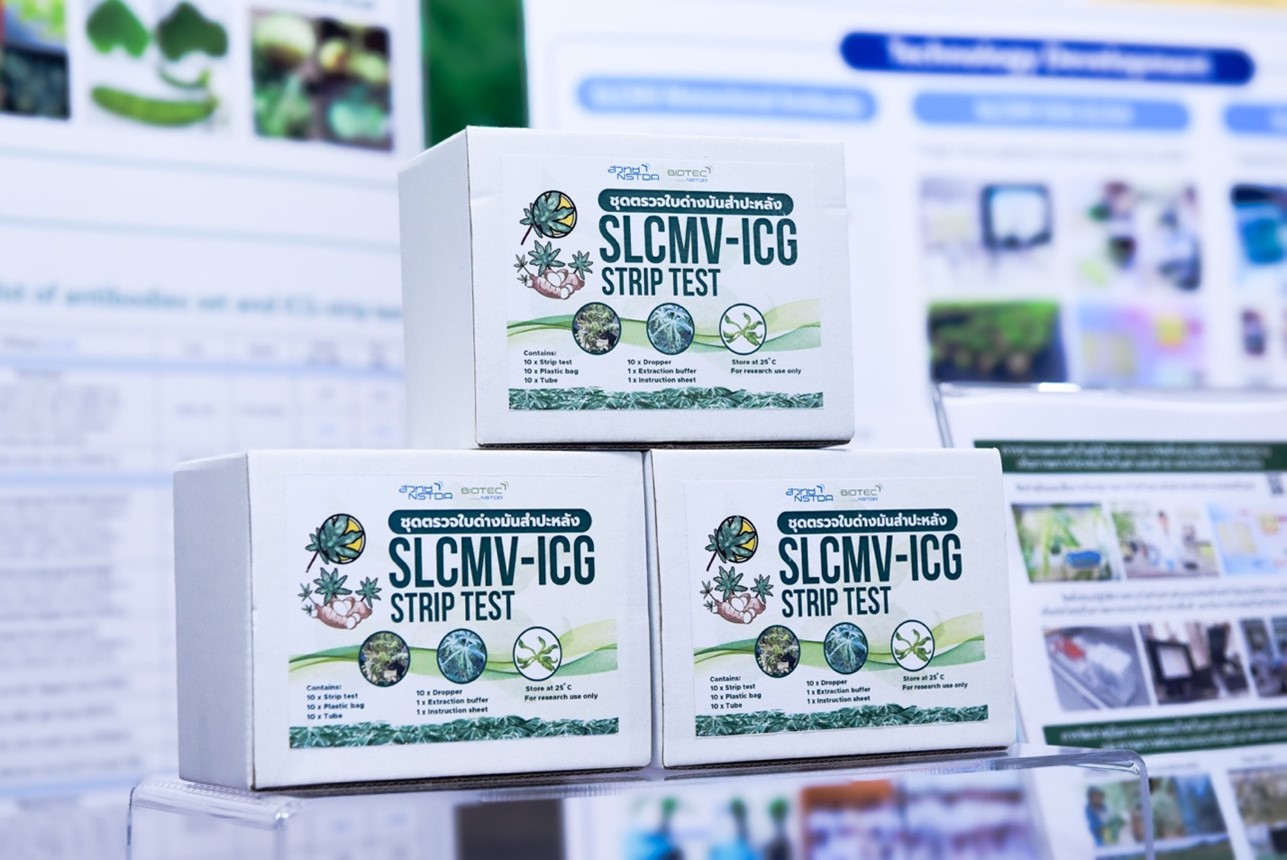
The strip test provides a simple and rapid detection tool with high sensitivity and accuracy. It does not require a trained expert or sophisticated equipment, making it accessible to farmers in the field, with results available in 15 minutes.
Public-private collaboration to combat cassava mosaic disease
Mr. Chavin Pliumchareorn from AGRITEC Technology Transfer Division described cassava mosaic disease as a major threat to Thailand’s cassava industry, causing substantial economic losses over the past five years. Disease diagnosis represents an effective tool to manage this devastating disease. The strip test developed by BIOTEC has been introduced to cassava growers in Ubon Ratchathani, Yasothon, Amnat Charoen and Sisaket, along with knowledge on farm management.
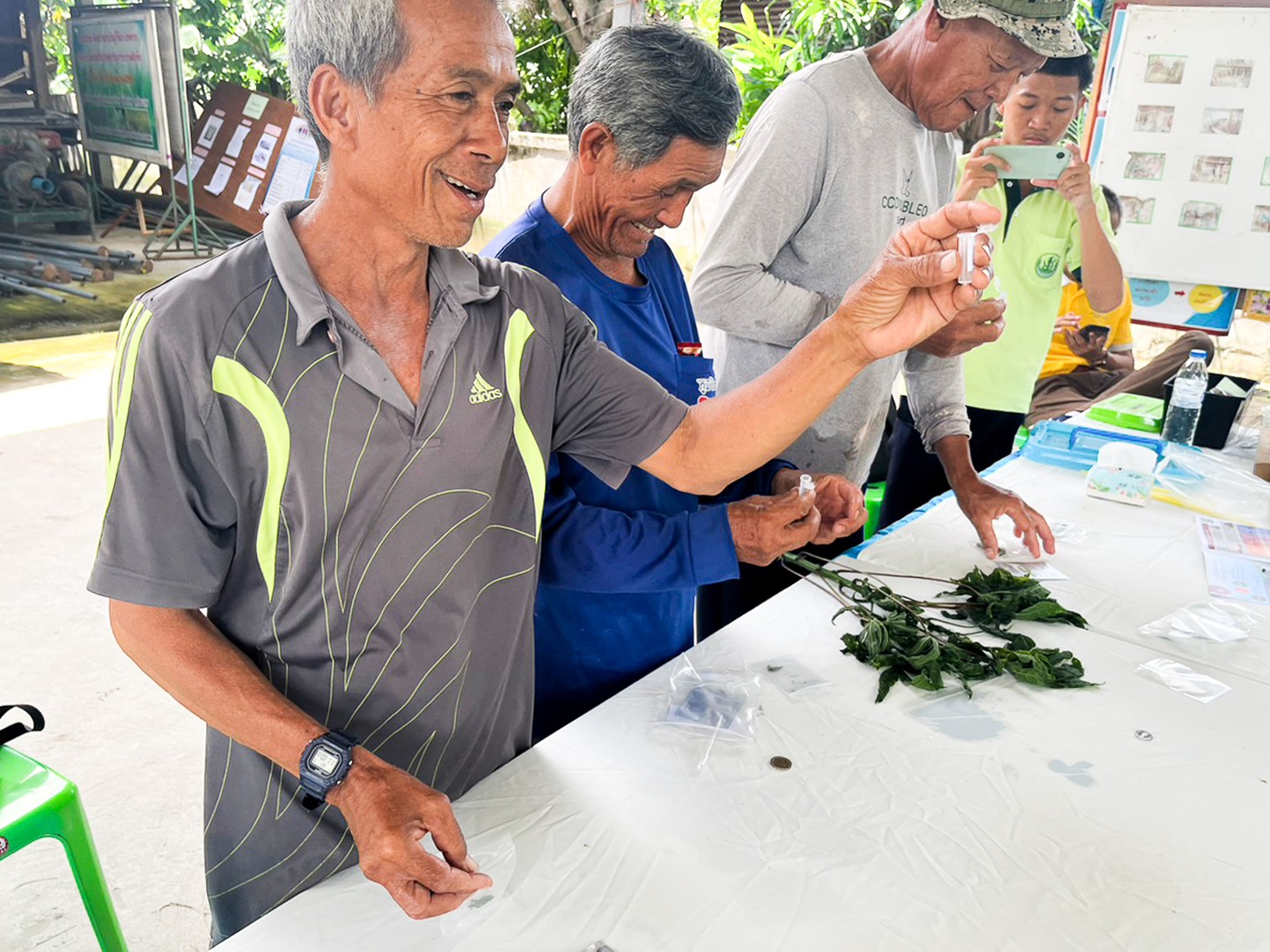
BIOTEC Researcher Dr. Saengsoon Charoenvilaisiri added that BIOTEC also collaborates with government agencies, companies and universities to establish ELISA laboratories, providing SLCMV testing services to farmers. Six laboratories have been set up at 1) Sanguan Wongse Industries in Nakhon Ratchasima, 2) FD Green (Thailand) in Kamphaeng Phet, 3) Asia Modified Starch in Kalasin, 4) Office of the National Farmers Council in Nakhon Ratchasima, 5) Rajamangala University of Technology Isan in Nakhon Ratchasima, and 6) Mahidol University, Kanchanaburi Campus.
This SLCMV diagnostic test demonstrates the power of technology and innovation in supporting solutions for the agriculture and industrial sectors, contributing to Thailand’s technological self-reliance and aligning with the Bio-Circular-Green Economy (BCG) model.
